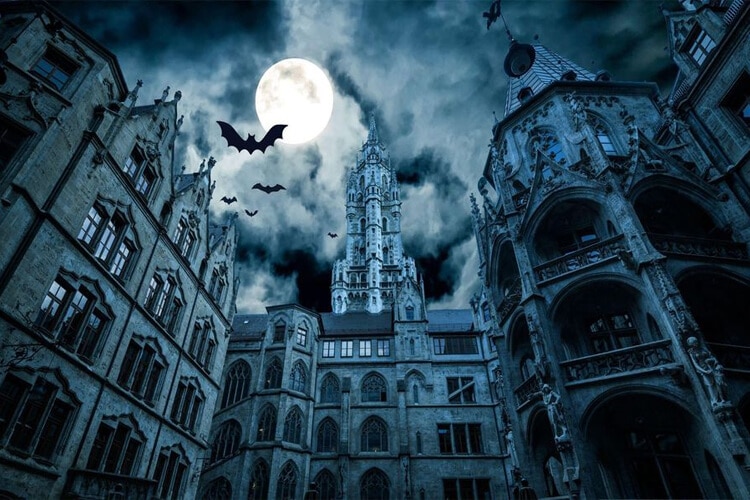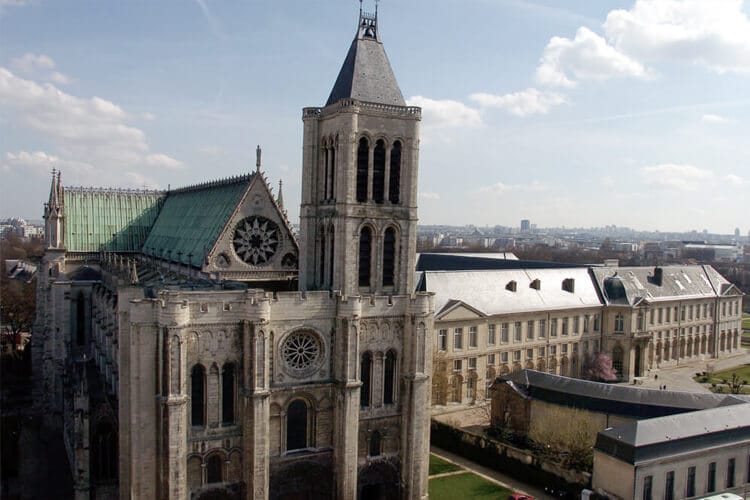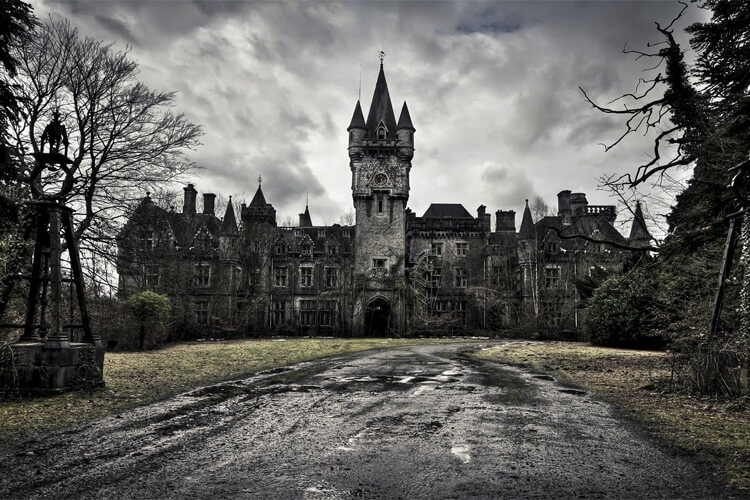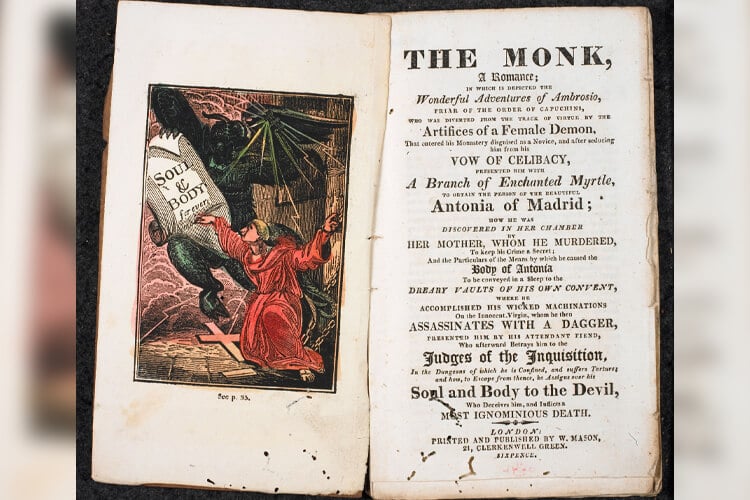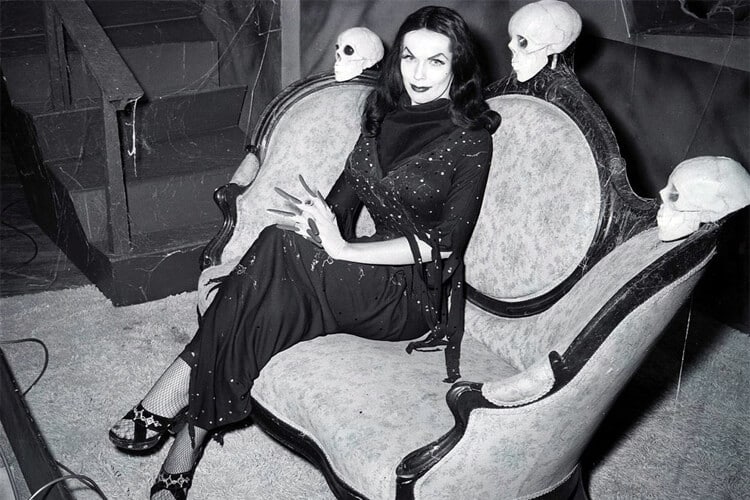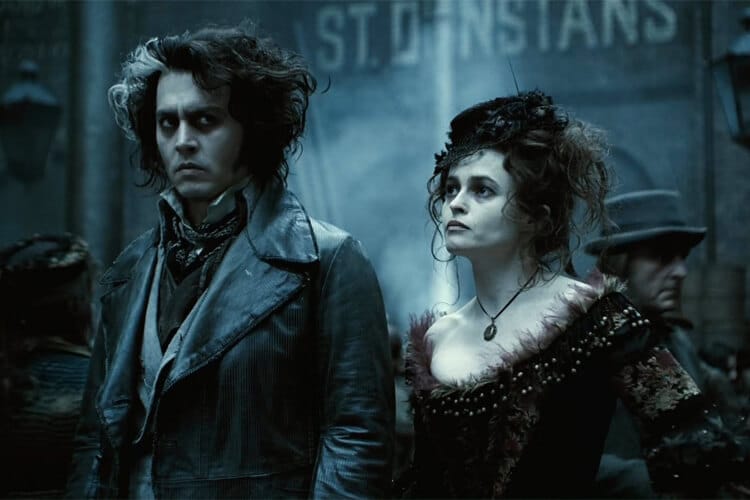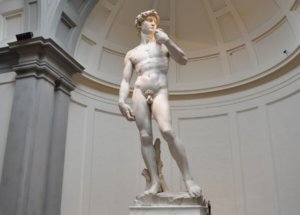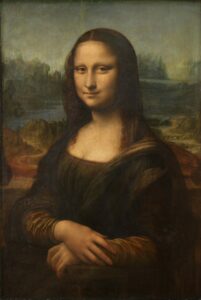The origin of the term Gothic dates back centuries. This term, which has emerged from time to time in the history of world art, is used differently today than its original meaning. However, gothic has retained some of its earliest meanings, which were introduced during the Renaissance. What does Gothic mean in this content? We take a closer look at the answer to your question. At the same time, we bring together the emergence of Gothic and the areas where it is used for you.
What does gothic mean? What is gothic? How is it in TDK?
The term Gothic appears on TDK, referring to its original origin. When we search for Gothic in TDK; We can reach Gothic (noun) , Gothic (adjective) and Medieval (adjective) results. These results pretty much sum up the term coined during the Italian Renaissance. So how did the term gothic really come about?
What is Gothic? What does gothic mean?
Gothic is actually the English word for Gothic. Although it has been used as Gothic in our country for many years, the Turkish word for the word is “Gothic”.
The journey of the term Gothic in history:
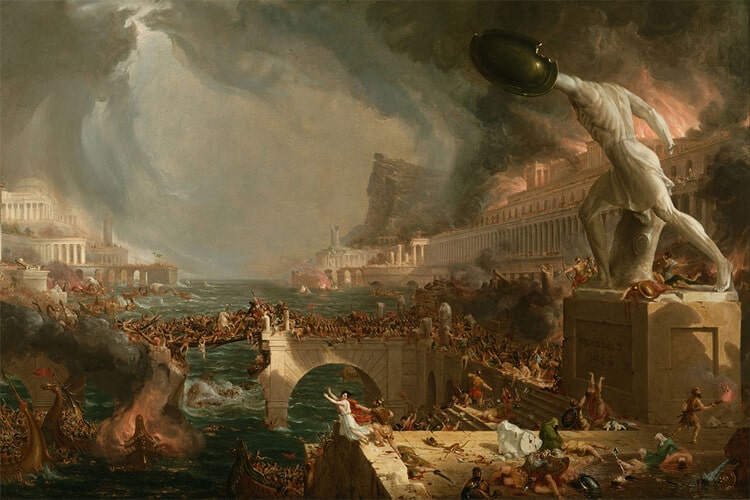
To understand the emergence of Gothic as a term, we must first take a journey back to 410 AD. At this date, the northern primitive tribes known as the Goths attacked the Western Roman Empire. Due to this event, which went down in history as the Plunder of Rome, the Western Roman Empire collapsed, and the period known as Medieval Europe was entered. When the Visigoths under King Alaric captured Rome, Rome succumbed to an invasion for the first time in 800 years. As a result, the understanding of art and civilization in the West has radically changed.
Now we go a little further in history. Let’s come to the turn of the century. With the fall of Rome in 412, Europe surrendered to the dark age. In this dark Middle Ages, we can say that it took several centuries for art to flourish again. 12. At the beginning of the 19th century, the movement we call Gothic architecture began to emerge.
The first example of this art is shown as the Basilica of Saint-Denis, which was built in Paris in 1144. Later, this style quickly spread to Germany, especially France, and almost all of Europe. This style, which was dominated by huge buildings, dark symbolism, pomp and grostesque, worried Italian artists who wanted to bring back the Renaissance and Classical Era. The name of this architectural style, which remained unnamed until that time, as gothic also coincides with this period.
Etymology of Gothic:
The term Gothic , on the other hand, was used in a way that could mean ” barbarian “, as you can imagine. According to Renaissance artists, the Goths plundered and destroyed Rome in 410; It also meant that all the aesthetic values cherished by Classical Antiquity were destroyed. 15 in this context. century artists, this dark medieval art from the barbarians; They found it too grotesque , barbaric and worthless for the art of the Classical Period and the aesthetic understanding of the new Renaissance.
Again in this period, artists were uncomfortable with the progress of the goth movement and thought that this terrible and dark current would destroy the Renaissance, just as the Visigoths destroyed Rome. Raphael , one of the most famous artists of the Renaissance period, even wrote a letter to Pope X. Leo to complain about this understanding of art. The first use of the term Gothic was also in this letter dated 1518. In this letter, Raphael was talking about how barbaric and monstrous this art, which he called “Gothic”, was.
Later, the term Gothic was popularized by another Renaissance artist, Giorgio Vasari . According to Raphael and Vasari, Gothic art embodied the spirit of the monstrous and grotesque structures that the wild northern tribes who first invaded Rome made by combining trees.
Goth culture in painting and other arts:
“What does gothic mean?” It is also important to look closely at Goth culture when seeking answers to the question. The spread of the construction of great gothic cathedrals caused this trend to spread to other branches of art. For centuries, this style dominated sculptures, frescoes and inscriptions, especially used in cathedrals. Again, the religious miniatures used on the cathedral walls had their share of this style. 13. The beginning of the century caused the gothic style to leap into a different branch of art. Artists of the age were greatly influenced by this art movement. For this reason, the goth culture began to show itself in the world of painting. In this period, nature paintings drawn from the primary perspective gave way to religious depictions in dark tones. Thanks to the rapidly increasing popularity of this style, gothic painting had succeeded in overtaking fresco and stained glass art in Northern Europe.
Gothic Literature:
While Gothic architecture, sculpture, painting and fresco art were on the verge of oblivion; After the Romantic period, goth culture appeared in the literary world this time. Gothic literature emerged as a kind of mystical look at the dark cathedrals of the Goth period and the understanding of the Middle Ages, including romantic elements.
When the calendars showed the year 1764, the English writer and politician Horace Walpole published his novel Otranto’s Castle . He also published Walpole’s novel with the subtitle ” A Gothic Story “. In this way, the term gothic returned to the art world 3 centuries later. This tale of ghosts, curses, dark castles, mysterious monks and knights had become the cornerstone of the gothic genre.
Matthew Lewis’s novel The Monk , which followed this novel, set the genre’s style by including demonic themes, mystical symbolism, dark aspects of religion and goth cathedrals. Subsequently, Bram Stoker’s The Dracula and Mary Shelley’s Frankenstein ensured the genre’s lasting popularity. This new gothic movement, which emerged in England, had a great impact on the art world and the architectural community during the Victorian Era.
Goth theme today:
As we approached the more modern periods, it started to show itself in cinema and fashion besides gothic literature. The 1922 German film Nosferatu, A Symphony of Horror, is one of the first examples of the goth movement in cinema. But The Vampira Show , which was broadcast in America in 1954, is one of the cornerstones of today’s goth understanding. Because the host of this program, which shows vintage horror movies, “Vampira” Maila Nurmi was one of the first representatives of the goth style with her clothes and make-up. The gothic style used in movies such as Adam’s Family, Beetlejuice and The Rocky Horror Picture Show, which were released in the future, also has its origins in Vampira. In modern cinema, Tim Burton is one of the greatest representatives of this style.
Goth culture , on the other hand, generally has an attitude of rejecting the one-sided ideals that conservative society imposes on young people. This style, which is very similar to punk, glorifies life as well as the reality of death, darkness without light; He argues that without darkness, light would be meaningless. In other words, he argues that life is based on dilemmas. However, in the following periods, this understanding evolved in a slightly different direction. Especially with the emos that emerged in the 2000s, the Goth theme became a culture of pessimism. As a matter of fact, the faction that advocated duality once again showed a tendency towards a single direction. This trend, however, was more true to the dark side.
The fashion sense of Goth culture consists of more than one variation. Classical goth fashion is similar to Victorian fashion in general. But this style is combined with darker and heavy black-toned make-ups. In addition, the Deathrock fashion sense is very popular in heavy metal bands. There are also different fashion senses such as Cybergoth, Aristocrat, Gothic Lolita and Haute Goth. Dozens of different fashion styles have found their place in the general Gothic style.
Best Horror Movies of the 21st Century

